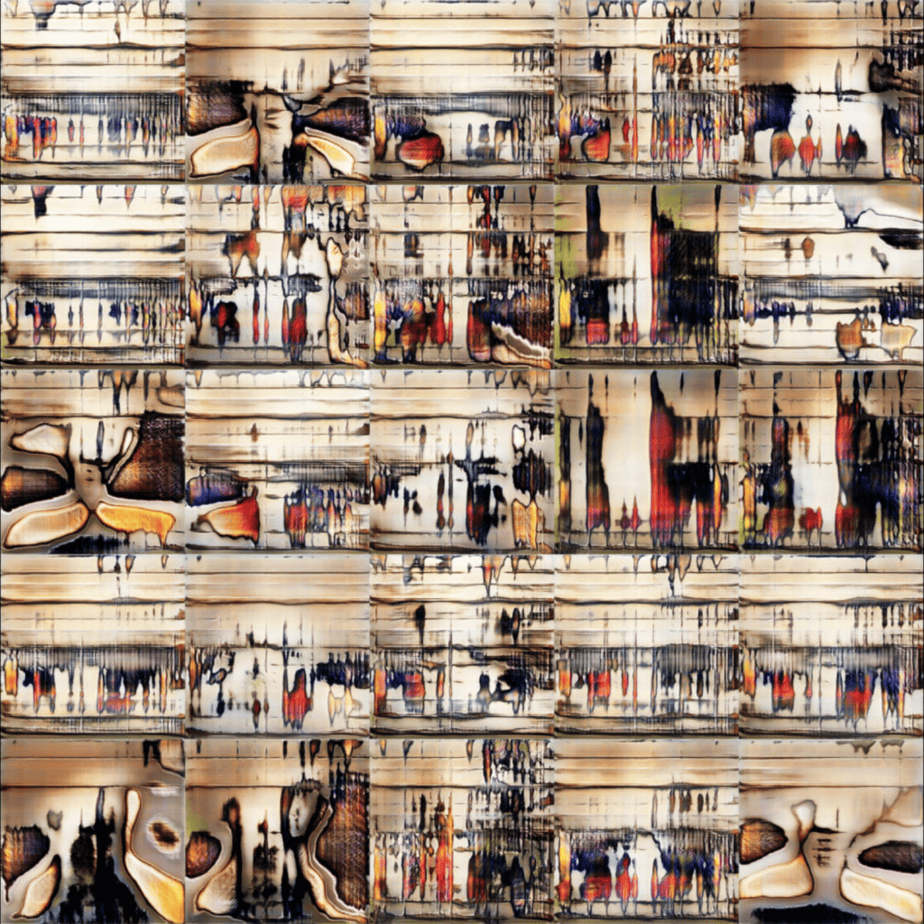Artificial Intelligence (AI) has made significant strides in recent years, transforming various industries and pushing the boundaries of human creativity. One area where AI has particularly excelled is in the creation of stunning artworks that captivate the world.
From painting and sculpture to music and poetry, AI-generated art has gained recognition and sparked both awe and debate among art enthusiasts and critics.
In this article, we showcase 15 remarkable AI-generated artworks that have left an indelible mark on the art world.
Portrait of Edmond de Belamy by Obvious
In 2018, an AI algorithm developed by the French collective Obvious created a portrait that was sold for a staggering $432,500 at an auction.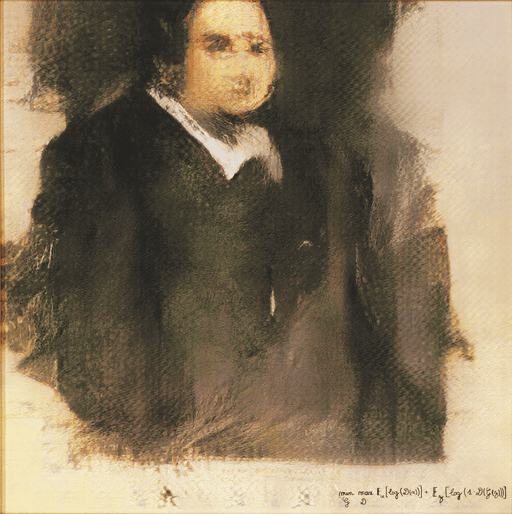
The artwork, titled “Portrait of Edmond de Belamy,” challenged the traditional notions of authorship and raised questions about the role of AI in the creative process.
The Next Rembrandt by Microsoft and ING
Using machine learning algorithms, a team of researchers collaborated to create a new Rembrandt painting. Analyzing the Dutch master’s style, techniques, and subject matter, the AI-generated artwork successfully emulates Rembrandt’s signature style, leaving art enthusiasts amazed.
Daddy’s Car by Flow Machines
Composed entirely by an AI system developed by Sony CSL Research Laboratory, “Daddy’s Car” is a pop song that sounds like it was written by The Beatles. The AI analyzed the band’s songs and composed an original piece that captures their essence, showcasing the potential for AI to create music in various styles.
The Machine Hallucination by Refik Anadol
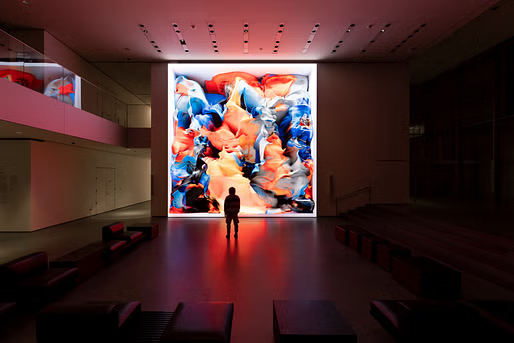
Refik Anadol, a media artist, used AI algorithms to create an immersive and mesmerizing audiovisual installation.
“The Machine Hallucination” transforms architectural and urban data into stunning visuals, blurring the boundaries between reality and virtuality.
AICAN by Ahmed Elgammal
AICAN is an AI program developed by Ahmed Elgammal that autonomously generates paintings.
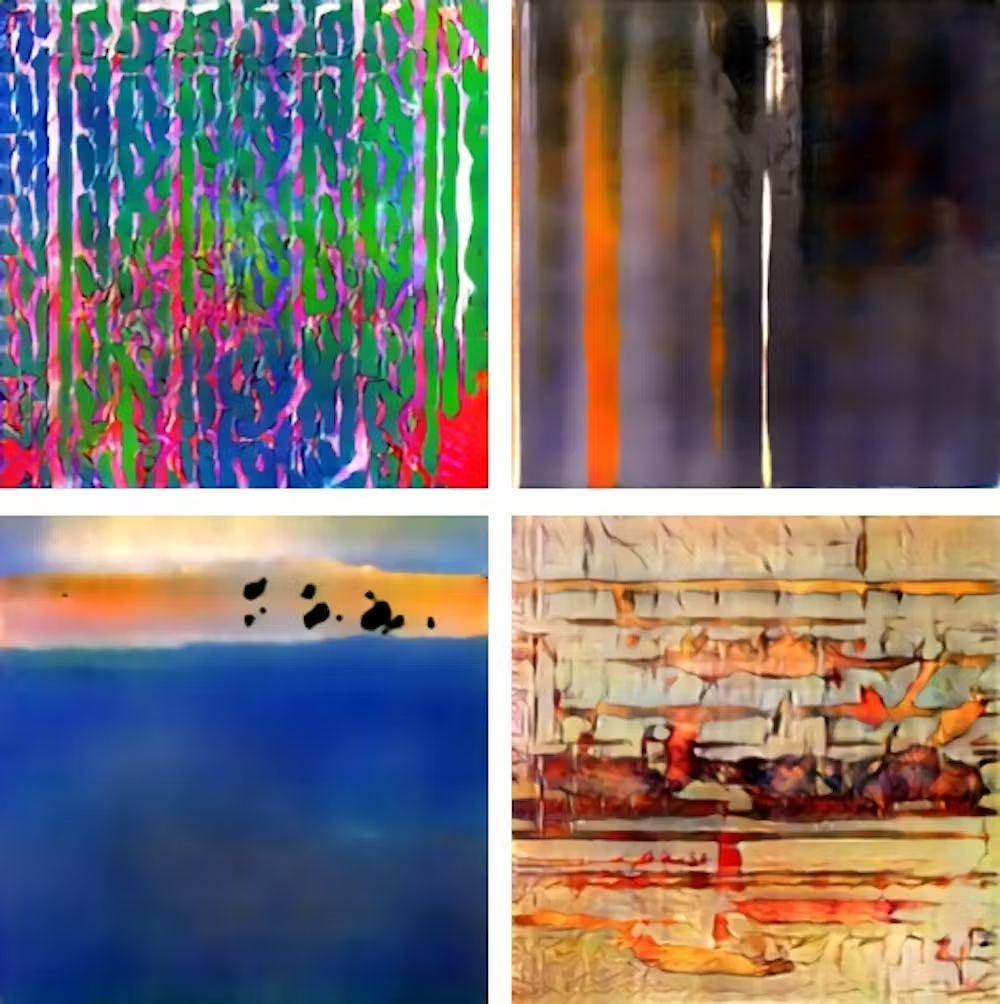
His artworks have been exhibited in renowned galleries and museums, demonstrating the ability of AI to produce visually striking and thought-provoking pieces.
Deep Dream by Google
Deep Dream is a visualization technique that uses neural networks to generate hallucination-like images.
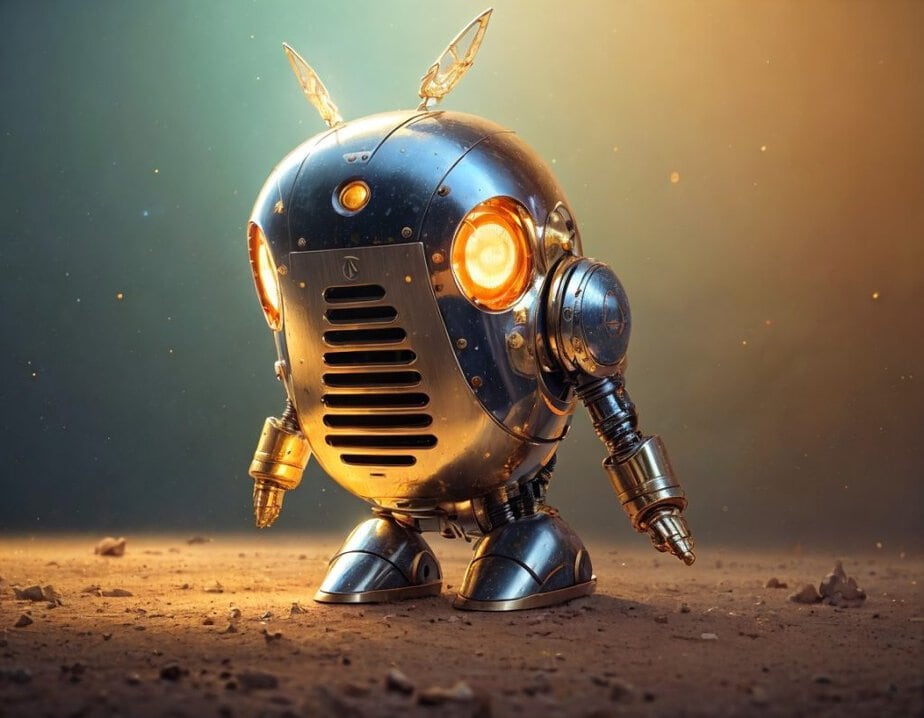 It gained popularity for its surreal and dreamlike aesthetics, captivating the world with its unique visual style.
It gained popularity for its surreal and dreamlike aesthetics, captivating the world with its unique visual style.
The Next Rembrandt by Bas Korsten
In a different project called “The Next Rembrandt,” AI was used to create a 3D-printed painting that emulated Rembrandt’s style.
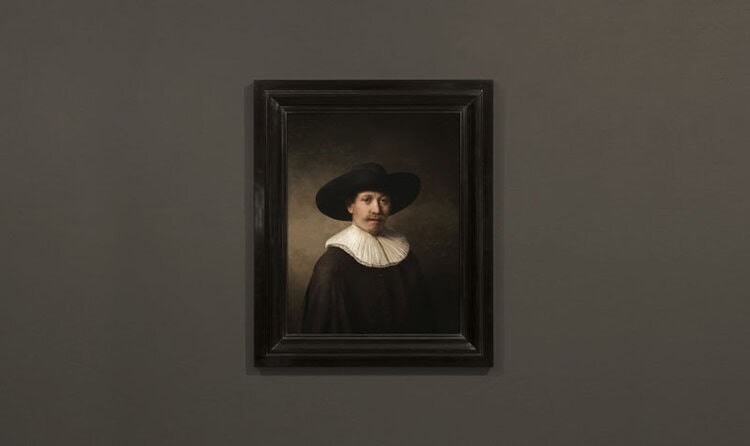 The result was a captivating artwork that showcased the potential of AI in replicating historical art.
The result was a captivating artwork that showcased the potential of AI in replicating historical art.
The Sound of AI by François Pachet
François Pachet, a researcher and composer, developed an AI system capable of creating original classical music compositions. “The Sound of AI” project demonstrated the ability of AI to compose complex and emotionally evocative music, expanding the horizons of artistic creation.
AI-Generated Poetry by Open AI
Open AI’s GPT-3 language model has showcased its ability to generate poetry that rivals human-written verses.
The AI-generated poems have captured attention for their depth, creativity, and ability to evoke emotions through language.
Nude Portraits by Robbie Barrat
Robbie Barrat, a young artist and programmer, trained a neural network on a dataset of nude portraits to generate unique and abstract representations of the human form.
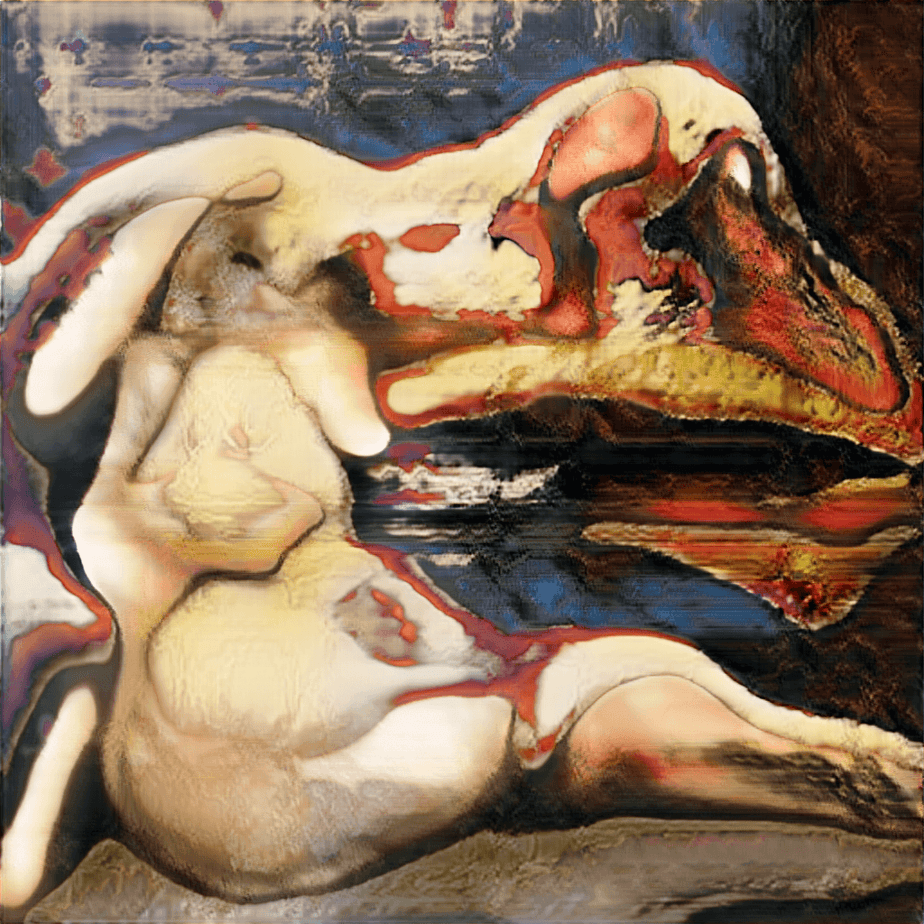
The AI-generated nude portraits challenge societal perceptions of what is beauty and redefine traditional artistic conventions.
Memo Akten’s AI Art by Memo Akten
Memo Akten, an artist and creative technologist, explores the intersection of AI and art to create visually stunning and conceptually engaging pieces.

Akten’s AI-generated artworks often incorporate real-time data and interactive elements, pushing the boundaries of traditional artistic mediums.
Generative Adversarial Networks (GAN) Art by Mario Klingemann
Mario Klingemann, an artist and AI researcher, uses Generative Adversarial Networks (GANs) to create mesmerizing and often abstract artworks.
His AI-generated pieces blur the line between human and machine creativity, resulting in visually striking compositions.
The Next Rembrandt by Dentsu
In collaboration with Microsoft, Dentsu, a Japanese advertising agency, used AI to generate a “new” Rembrandt painting. The project involved analyzing Rembrandt’s works and using algorithms to mimic his style, resulting in a captivating artwork that pays homage to the Dutch master.
AI-Generated Sculptures by Anna Ridler
Anna Ridler, an artist and researcher, employs machine learning algorithms to create intricate and visually striking sculptures.
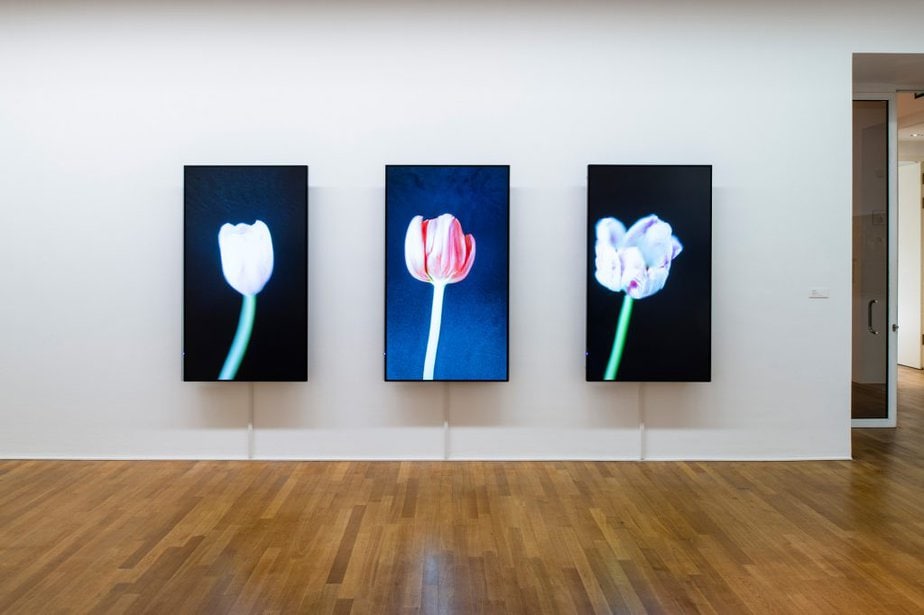
Her AI-generated sculptures explore the interplay between human intervention and machine creativity, challenging traditional sculptural practices.
AI-Generated Landscapes by Helena Sarin
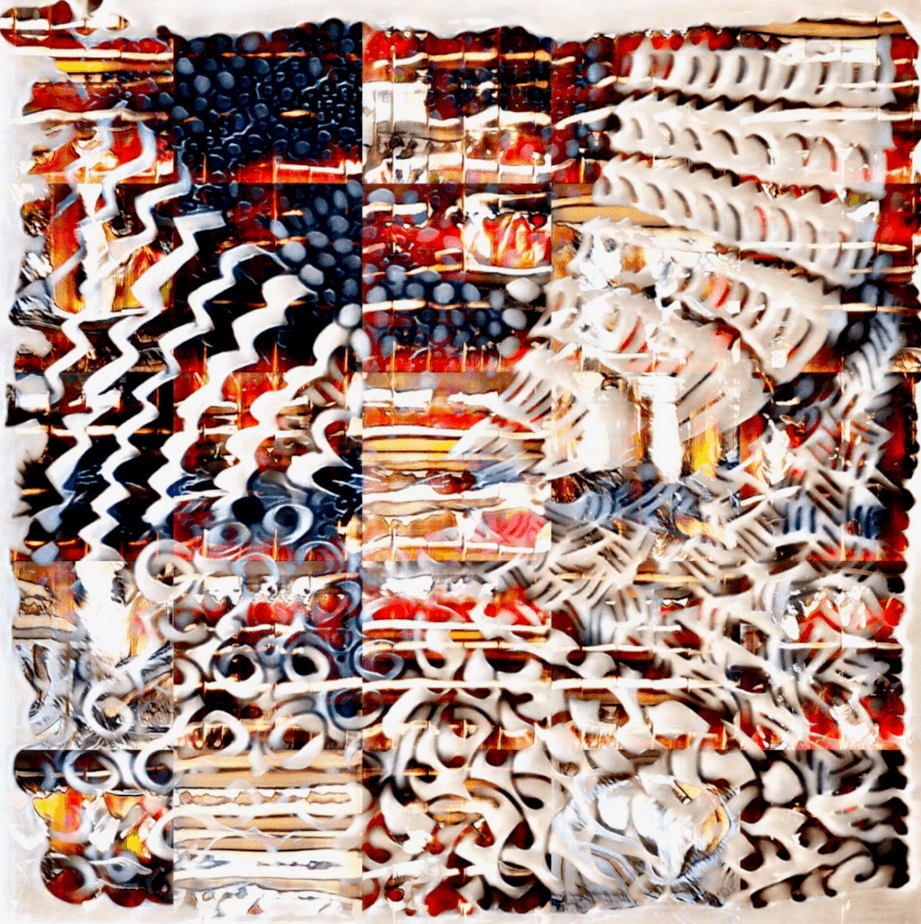
Helena Sarin, an artist and programmer, utilizes AI algorithms to generate breathtaking landscapes that blend realism and surrealism.
Sarin’s AI-generated artworks transport viewers to imaginary worlds, evoking a sense of wonder and enchantment.
Conclusion
AI-generated artworks have not only captivated the world but have also pushed the boundaries of human creativity and challenged traditional artistic practices. From paintings, sculptures, and music to poetry and installations, AI has proven its ability to produce visually stunning, conceptually engaging, and emotionally evocative artworks. As AI continues to evolve, we can expect even more groundbreaking and thought-provoking creations that will shape the future of art.


